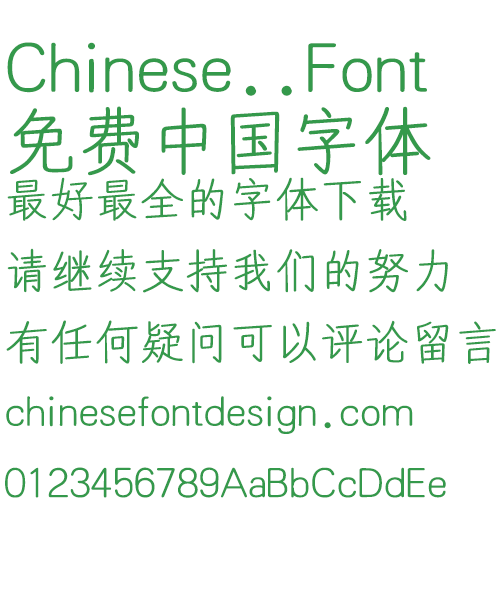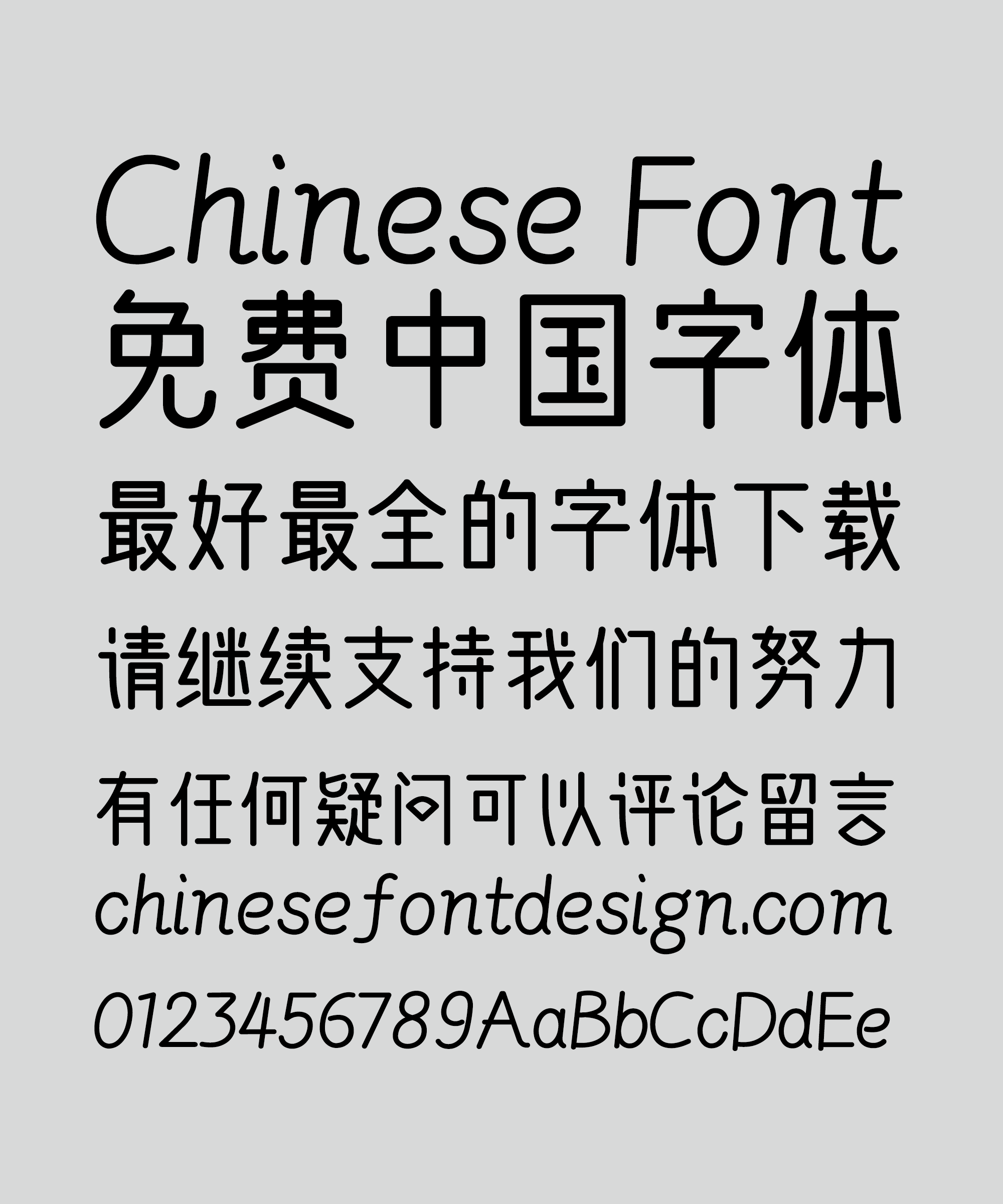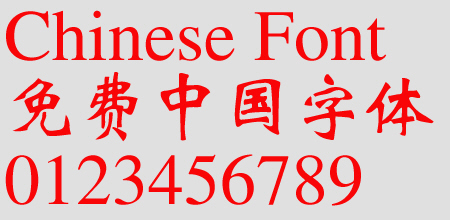
 Click the next to the current font family. Open the Design tab in the right sidebar. Select the text layer you want to update. You can update the font for a selection of text, or an entire text layer. This covers both the Serif and Sans Serif versions.
Click the next to the current font family. Open the Design tab in the right sidebar. Select the text layer you want to update. You can update the font for a selection of text, or an entire text layer. This covers both the Serif and Sans Serif versions. 
Filter by Language when looking for Google Web Fonts.įigma includes a selection of popular Google Noto fonts in the font picker.

Search for languages, regional variations, and font names on the Google Noto website.Google has a repository of open-source fonts that support a variety of syllabary and logogram based languages. Or select another font that supports the language you’re writing in. To fix that, you can select your text and update the font to use the specific Noto font for your language. No more empty spaces or missing character icons.įor people writing in Chinese, Japanese, or Korean, Figma may choose the wrong version of a character.

If a font doesn't support a character you input, Figma will render that specific character in a Noto font.
Korean 한국어: Dotum, Gulim, Batang, Gungsuhįont fallback allows you to use characters and icons that aren't specifically supported by that font. Chinese 中文: Microsoft JhengHei, Microsoft YaHei, SimHei. Traditional Chinese 繁體中文: Ming Light, Microsoft JhengHei. Simplified Chinese 简体中文: SimSun, KaiTi, Microsoft YaHei. Korean 한국어: Hangangche, Seoul, Apple SD Gothic Neo. Traditional Chinese 繁體中文: Apple LiSung, LiHei Pro, LiSong Pro. Simplified Chinese 简体中文: Song, ST Heiti, ST Kaiti, Fang Song. Macįigma supports the following native fonts, by language: If you're using Figma in the browser, you can install the Figma Font Helper to access fonts installed on your computer. If you are using the Figma desktop app, you can use any fonts already on your computer. This allows you to access shortcuts mapped to your specific layout. Using a Chinese (Pinyin), Japanese (Kana), or Korean keyboard? You can update your keyboard layout from any Figma file.








 0 kommentar(er)
0 kommentar(er)
